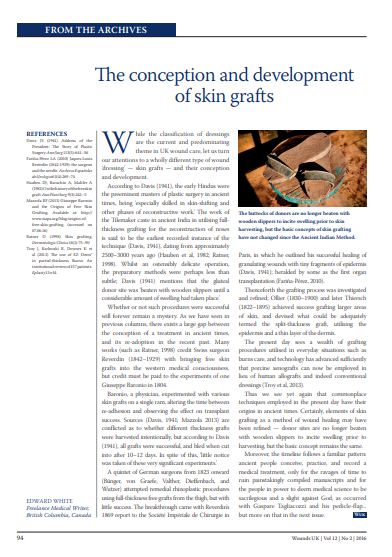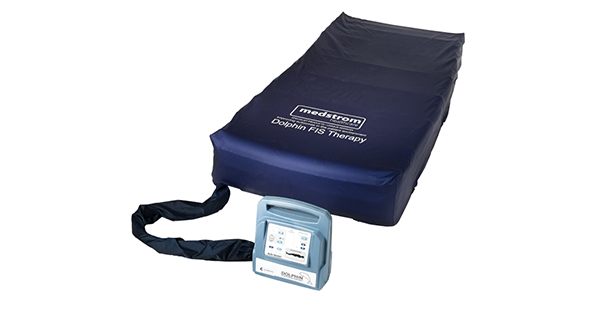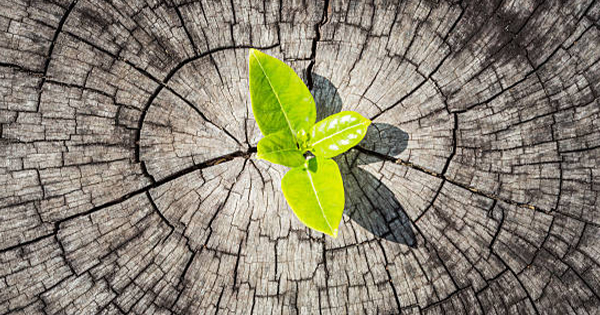While the classification of dressings are the current and predominating theme in UK wound care, let us turn our attentions to a wholly different type of wound dressing skin grafts and their conception and development. According to Davis (1941), the early Hindus were the preeminent masters of plastic surgery in ancient times, being especially skilled in skin-shifting and other phases of reconstructive work. The work of the Tilemaker caste in ancient India in utilising fullthickness grafting for the reconstruction of noses is said to be the earliest recorded instance of the technique (Davis, 1941), dating from approximately 25003000 years ago (Hauben et al, 1982; Ratner, 1998). Whilst an ostensibly delicate operation, the preparatory methods were perhaps less than subtle; Davis (1941) mentions that the gluteal donor site was beaten with wooden slippers until a considerable amount of swelling had taken place.







